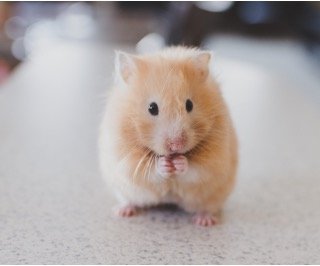Regardless of age, making the decision to get a pet snake may be a fascinating and enjoyable adventure. This list will help you find the ideal snake, whether you are a budding herpetologist looking to add to the already staggering 4.5 million households that are home to reptiles, or a more experienced handler looking for a beginner snake.
Corn Snake

In the world of exotic pets, few snakes are as well-liked as the reliable corn snake. The care of this species is generally the first for those who have an interest in snakes. This is one of the greatest snakes for a first-time owner because of how tame it is. Collectors and seasoned herp fans adore them, however. These lizards and snakes can be handled gently without fear of harm.
California King Snake
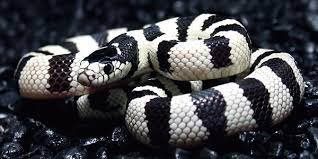
When people think of king snakes, they usually picture the California King. They are native to the United States and range in length from 2.5 to 5 feet; they are brownish-black in color with yellow bands, stripes, or specks (about the same size as a Corn Snake). This pet has a tendency to be timid, but it becomes quite tame if handled often. When angry, they prefer to curl up and hide than strike. A lizard or snake that is used to being handled and kept at a zoo or aquarium shouldn’t be scared when it’s in a human’s hands.
Western Hognose Snake
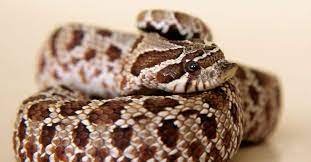
Unique characteristics make the western hognose a fascinating animal. The reptiles were originally from the American Great Plains. They are frequently misidentified as rattlesnakes. The Western hognose shares it’s coloring with the more dangerous rattlesnake. Tan, grey, and olive green are all acceptable body colors for this description. But this species has a really unique head.
Ball Python

The ball shape that ball pythons assume when they feel threatened is where the name “ball python” originates. They are endemic to western and central Africa and like grasslands, where they most likely make their homes in abandoned rodent burrows. They prefer to sleep during the day and prowl around at night. Brown with lighter spots, captive-bred examples There is a wide range of colors seen in ball pythons. The average adult is between 3.5 and 5 feet in length, and they can live for 20 to 30 years.
Milk Snake
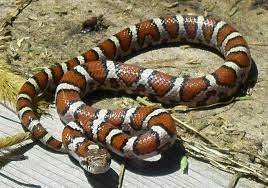
Another species of snake that can offer a lot of visual appeal to the correct cage is the milk snake. Typically, you’ll see red, black, and rusty orange coloration in their stripes. But there are a few different color variants out there. Milk snakes are found all over the world in their natural habitat.
Bearded Dragon: Care Guide & Species Profile
Rosy Boa

Even though the rosy boa (Lichanura trivirgata) isn’t as common as the corn snake or the California kingsnake, it’s still a common pet snake. The rosy boa is rather tame and does not get too big; at full maturity, it reaches a length of around 4 feet, though most are only 2 or 3 feet long. Hatchlings of the rosy boa can be acquired at reptile exhibits, pet stores, and even online for $30 to $40.
Children’s Python
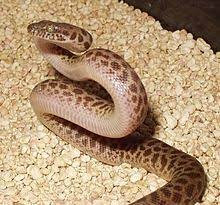
The Children’s python, found naturally only in the northern and western regions of Australia, is a more manageable alternative to larger python species. These snakes, which grow to a maximum of 40 inches in length (thus the name “mini python”), are typically kept as pets. When compared to their larger relatives, they are far more manageable. The same holds true for any necessary handling or enclosure specifications.
Gopher Snake
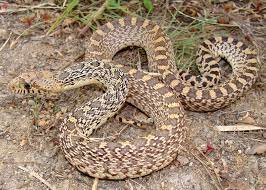
The Gopher snake also called a Bull snake or a Pine snake is endemic to the western U.S. However, novice snake spotters can determine the difference between the two species thanks to the rounded nose and pupils of the rattlesnake and the sharp fangs of the cottonmouth. Both its nocturnal and diurnal incarnations, in which it is equally active, are possible in this reptile.
African House Snake
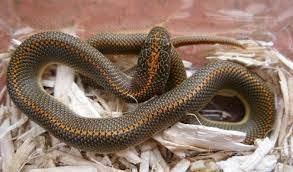
It’s possible that the African house snake isn’t as visually striking as other snakes. Yet, it still makes a great pet. The area south of the Saharan Desert is home to these lizards. They are a very versatile species, able to thrive in many different settings. Numerous wild animals find their way to human settlements.
Garter Snake
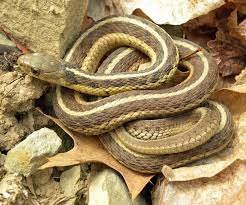
The garter snake is one of the most common species of wild snake in the United States. Snacks of worms and small fish are fine for these snakes to eat. The lighting and heating needs of these creatures are rather standard, despite their unusual diet. Though some can grow to be four feet in length, most are between one and two feet long.
Rough Green Snake

The rough green snake is one of the more widely available snake species for keeping as a pet. The snakes are being sold for pennies on the dollar. As a result, the hold’s population has experienced some difficulties. The low price makes them appealing to novice reptile owners who may not have any idea how to properly care for their new investment.
Kenyan Sand Boa
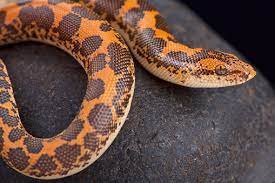
Because of its aerodynamic design and smooth scales, the Kenyan Sand Boa is well-suited for burrowing in the sand. These boas bury their prey of pinky mice in the sand in order to suffocate it.
Dumeril’s Boa

Dumeril’s boas aren’t as common as other types of boas. However, if cared for properly, this snake can provide great returns. People with prior snake experience will get the most out of this species. While not the most challenging snake to grow as a pet, they do demand special attention.
Common Boa Constrictor

Due to their massive size, which can reach up to 13 to 16 feet, Boa Constrictors are not typically advised for first-time reptile owners. It takes a strong, capable, and self-assured handler to keep one of these in one’s arms.
Amazon Tree Boa
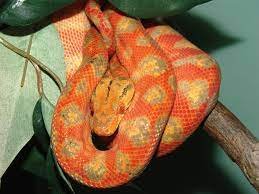
The Amazon tree boa is a gorgeous snake that must always be on the go. Since they are arboreal, this species of snake will spend most of its time coiled around a tree or a vine. The provision of adequate climbing areas is of paramount importance for captive animals. As a result of their inability to climb, snakes often get agitated or even hostile when they feel trapped.
Rat Snake

Although the Rat Snake is not nearly as well-known as the Corn Snake, they are actually extremely closely related. They are around the size of a human adult and can grow to a height of 3 to 5 feet. They thrive in rural settings and forested environments, where they may find plenty of rodent prey.
Woma Python

The Woma python looks like it belongs in the desert, where it lives. Those looking for them should look in the red deserts of Northern and Central Australia. Snakes are able to blend in with their natural environment thanks to their camouflage-enhancing color patterns. In most cases, silvery or tan-like beige serves as the foundation. On top were hefty swaths of either pale or dark brown. The only exception to this pattern is the golden coloring of the head.
African Egg-Eating Snake
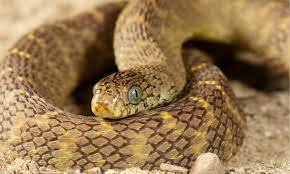
Just as its name implies, the African Egg-Eating Snake subsists only on bird eggs. Having such a strict diet requirement is really unusual. This is a minor drawback of having this snake as a pet. In length, this species averages only about 2 to 2.5 feet, but it can be found across much of Africa.
Dekay’s Brown Snake
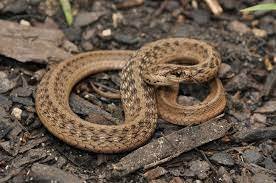
Though not typically recommended by herpetologists as a starter snake, many experts believe that the proper Dekay’s Brown can make a terrific addition to any beginner’s collection. Due to their diminutive size, their habitat does not require as large of a tank as that of other species (barely reaching a foot long).
False Water Cobra
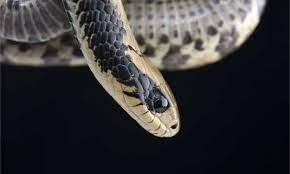
The very moniker, “false water cobra,” makes this snake sound dangerous. However, it makes a wonderful pet. False cobras, those snakes. They’re not even related. Still, they have the ability to poison their prey.
Summary
Many of the snakes in our top 20 list are perfect for first-time pet owners because they are tame and require little in the way of maintenance. If you’re new to reptile ownership, consider your personal preferences in terms of temperament, ease of care, and aesthetics when deciding which species is best for you: Your decision to take up the care of a reptile will affect its well-being for the next ten to twenty years.




